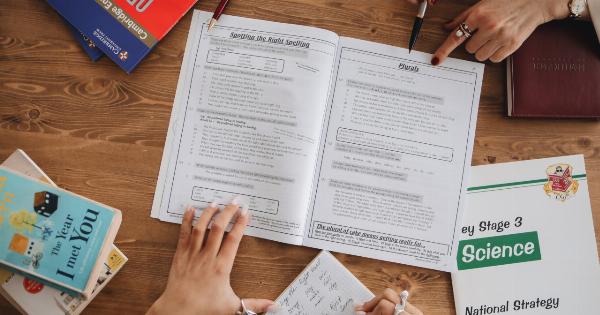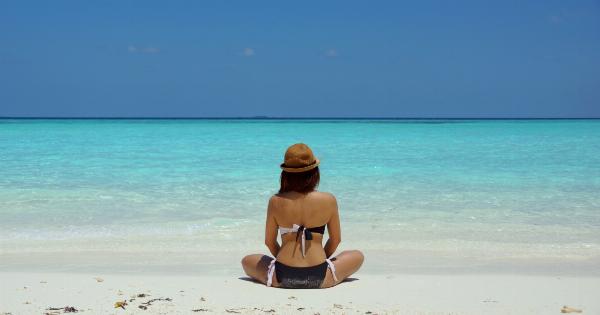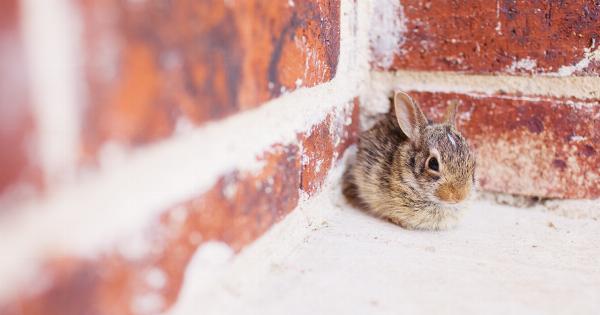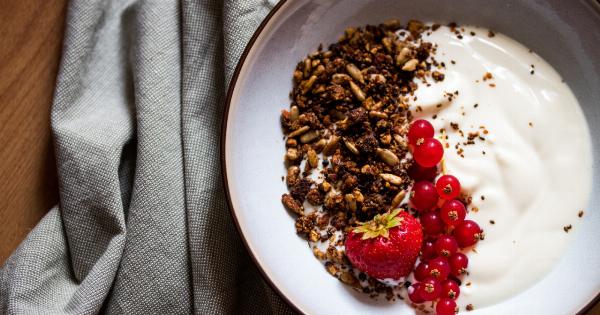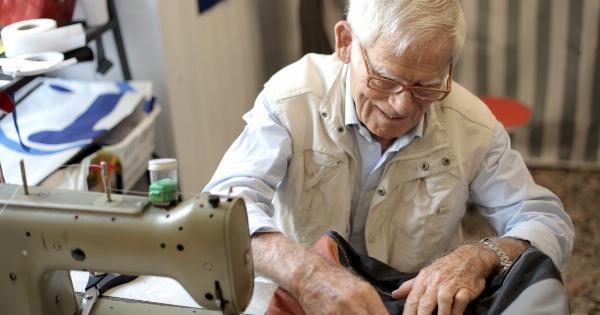Gymnastics is a demanding and dangerous sport. From vaulting to floor exercises, gymnasts defy gravity, contort their bodies into seemingly impossible positions, and land with precision.
As the skills and routines become increasingly complex, the risk of injury increases, and gymnasts must remain focused and mentally strong.
But what about the environment in which gymnasts train and compete? While gymnasts may be conditioned to withstand the physical demands of the sport, what about the impact of extreme temperatures?.
A recent study examined the effects of cold temperatures on gymnasts, and the results were surprising.
The Study
The study, conducted by researchers at the University of Calgary, investigated the physiological and psychological effects of cold exposure on gymnasts.
Thirteen high-level gymnasts were selected for the study. They ranged in age from 14 to 22 and were all from the same gymnastics club. The subjects were divided into two groups, a control group and a cold exposure group.
The control group continued with their normal training routine, while the cold exposure group trained in a cold room with a temperature of 5°C (41°F) for 90 minutes per day, five days per week, for three weeks.
Physiological Effects
The researchers measured several physiological variables in both groups before and after the three-week period, including body composition, heart rate, and core temperature.
Interestingly, the cold exposure group experienced an increase in muscle mass and a decrease in body fat, while the control group did not see any changes in body composition.
In terms of heart rate, both groups had lower resting heart rates at the end of the three weeks, indicating an improvement in cardiovascular fitness.
However, the cold exposure group had a significantly lower core temperature than the control group, suggesting that the cold environment had a cooling effect on their bodies.
Psychological Effects
The researchers also assessed the psychological effects of training in a cold environment. The gymnasts completed surveys before and after the three-week period to determine their level of perceived stress, anxiety, and fatigue.
Interestingly, the cold exposure group had significantly lower levels of perceived stress and anxiety than the control group. They also reported feeling less fatigued after their training sessions.
The Implications
These findings have important implications for the sport of gymnastics.
While the study was conducted in a controlled environment and the sample size was small, the results suggest that training in a cold environment may have beneficial effects on both the physical and psychological aspects of performance.
Cold exposure may lead to increased muscle mass and decreased body fat, which could improve a gymnast’s strength and power.
In addition, training in a cold environment may help gymnasts manage their stress levels and feel less fatigued during training sessions.
Of course, it’s important to note that extreme cold temperatures can be dangerous and should be approached with caution.
Gymnastics clubs and coaches should take appropriate measures to ensure the safety of their athletes if they choose to train in a colder environment.
Conclusion
Gymnastics is a sport that requires tremendous physical and mental strength. While the risks of injury are well-known, the impact of environmental factors on gymnasts has not been extensively studied.
This recent study suggests that training in a cold environment may have beneficial effects on both the physiological and psychological aspects of performance.
Gymnastics clubs and coaches should consider the potential benefits and risks of training in a colder environment and take appropriate measures to ensure the safety of their athletes.
